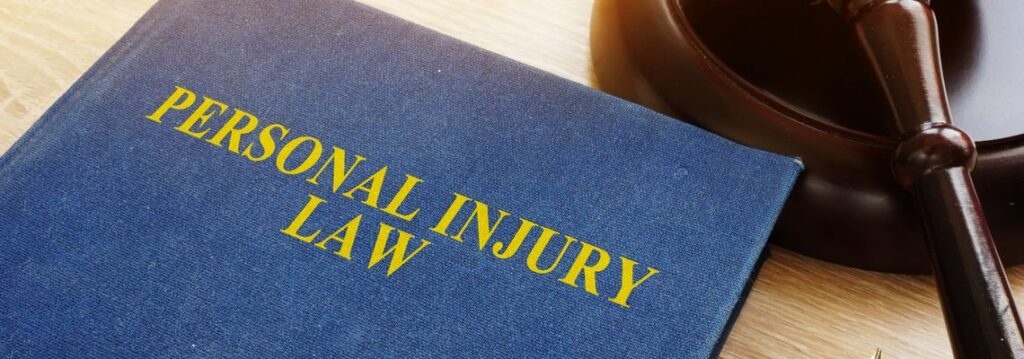After any kind of personal injury settlement, whether it involves a slip and fall, medical malpractice of a car accident, questions arise about how the settlement funds will be handled and paid. In general, your injury attorney works with the adverse insurance carrier or their attorney to make sure the funds are paid and those parties with liens or other rights to payment from the proceeds are paid.
The Process of Injury Settlements
The vast majority of personal injury cases settle prior to trial or arbitration. A significant percentage of claims settle even before a lawsuit or demand for arbitration is filed. However, what must happen, if at all possible, is the injured party must reach a “permanent and stationary” condition relative to their recovery from the injuries sustained. Once the health care professionals have determined the injured party has reached a plateau in their recovery (even though they may need some future medical care), then your injury attorney will obtain your medical records and bills in preparation for submission of a settlement demand package to the adverse party’s insurance carrier.
Once the liability picture is clear (which is something that usually happens early in the claim/lawsuit process) and the medical records and bills have been obtained, your attorney should discuss settlement strategy with you. Since this always involves a negotiation process, settlement demands are nearly always presented as a figure higher than what is expected to be paid by the other party or their carrier. What has to be taken into account in this process is the total amount of the liens or other claims that must be paid out of the settlement funds. For example, often the medical treatment received is either paid by insurance or provided on a lien basis. Either way, the lien/reimbursement amount (the amount claimed by the health care provider or the health insurance company that paid for accident-related treatment) must be taken into account. What must also be considered is the potential for that lien/reimbursement claimed being reduced via negotiation, something your attorney will handle. Medical insurance claims for reimbursement are often subject to certain rules of law in California requiring reduction.
After the parties to an injury case have agreed on a settlement figure, you will be required to sign what is generally described as a “release” or “settlement agreement” with the adverse party. Once signed, the settlement agreement is then sent to the insurance carrier or their attorney for payment. Under California law, the insurance carrier must make the payment “immediately” and in no event more than 30 days after receipt of the signed release. Most payments are made well within the 30-day limitation.
The Final Settlement Negotiations
After the total amount of the settlement is known, the work of negotiating the medical liens and other claims on the settlement funds begins for your attorney. As mentioned above, some medical insurance liens are subject to statutory reductions. In other words, the amount claimed must be reduced by a certain percentage (sometimes as much as 33%) which increases the client’s net recovery accordingly. Likewise, certain government claims for reimbursement are subject to limited reduction under the law. For example, where the California Department of Health Care Services has paid for some or all of the accident-related care, they will assert a lien that is subject to at least a 25% reduction under the law.
Once the lien/reimbursement claims have been negotiated, to the extent they can be, then your attorney should make you aware of your net recovery, the amount you will receive after all liens, fees and costs are paid from the settlement. It is important to note that in general personal injury recoveries are not considered taxable income under IRS rules and are therefore tax exempt. This can be impacted by whether the recovery is for emotional distress damages only or whether some portion of the settlement is allocated as replacement income. It is always a good idea to seek the advice of a tax law specialist when such an issue arises.
Payment For Your Injury Settlement
As a general rule, payment to an injured party after a settlement is reached is made through the attorney’s client trust account. The settlement check from the insurance carrier will usually include both the name of the client and the attorney as payees. With the client’s consent, the check is deposited into the attorney’s client trust account and from that account all liens, costs, fees and the client are paid. The client is provided a detailed statement regarding the final disbursement for their records and approval.
If You Need a Personal Injury Attorney
If you or someone close to you has been injured because of someone else’s negligence, contacting an experienced personal injury attorney is often the best first step toward obtaining compensation for the injuries and damages sustained. Mr. Ralph has more than 30 years of experience successfully handling personal injury claims. His office is centrally located in Orange County, allowing easy access for his clients. A free consultation is as easy as calling the number above or submitting your claim information via email.

